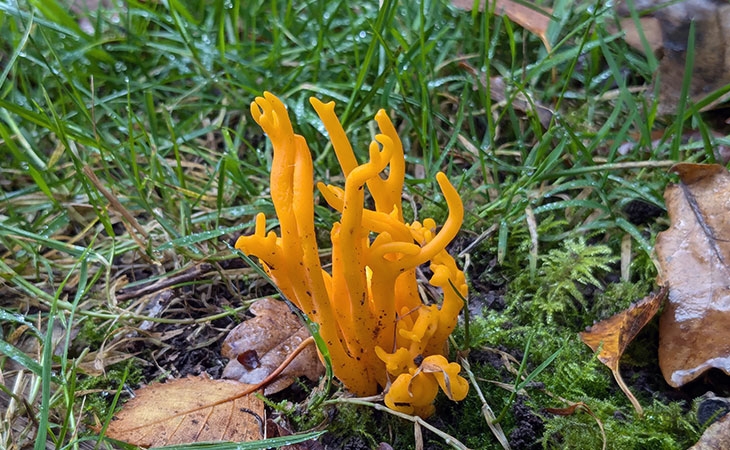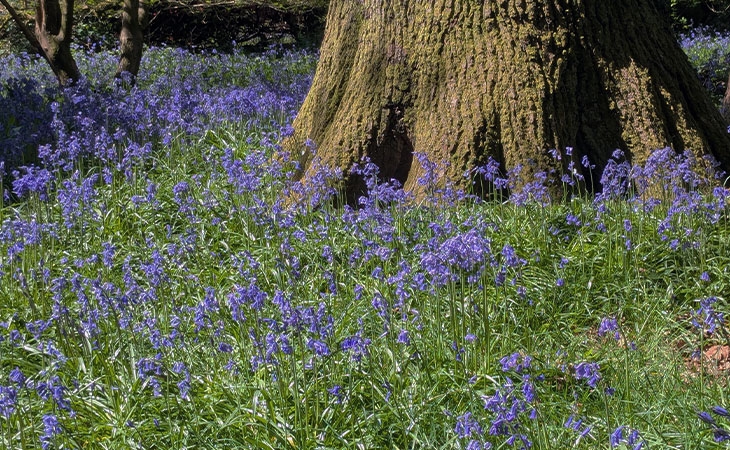The Wood Wide Web
If you’ve ever wandered through the serene paths at Westonbirt Arboretum, there’s no doubt you’ve noticed the trees. Whether tall, twisting, tangled or towering, have you ever stopped to think about what’s happening beneath your feet? The secret life of trees goes far beyond what we see on the surface - there’s a hidden network at play, connecting trees and plants in a way that’s nothing short of remarkable: the Wood Wide Web.

This underground fungal network links trees and plants through their roots, enabling them to communicate and share resources. In recent years, researchers have discovered that the network can transfer more than just water and nutrients, but also chemical signals that allow trees to ‘talk’ to one another. The network is formed by mycorrhizal fungi, which establish a mutually beneficial relationship with the plants and trees. So, when a tree is under attack from pests and other potential threats, it can release chemicals that are then picked up by neighbouring trees through the network. This acts as a warning to surrounding trees and plants, prompting them to protect themselves by releasing protective compounds, helping prevent the issue from spreading!

Through the Wood Wide Web, older trees often help younger saplings by supplying them with nutrients, supporting their survival in early years. This collaboration nurtures the long-term health of the forest, as trees work together to maintain a thriving ecosystem.
Beyond its impressive physical network, the Wood Wide Web challenges our understanding of nature by showcasing an unexpected form of cooperation and community. It reveals that trees and plants - species we once believed to be solitary - are capable of forming intricate, mutual support systems that promote collective survival. This discovery is groundbreaking not just in terms of biology, but in how it reshapes our view of the world around us. It challenges the traditional notion that, in nature, organisms coexist solely in competition with one another, fighting for limited resources like food, space, and mates.

While survival of the fittest is still a cornerstone of evolutionary theory, we now know that mutual support and compassion are just as important for survival as individual strength or dominance. In other words, a sense of shared responsibility and desire to help one another is fundamental to the health of the ecosystem.
With over 2,500 species from around the world, Westonbirt provides a perfect environment to witness this natural phenomenon, and the Wood Wide Web plays a crucial role in the conservation efforts we support. Through our work, we help maintain the health of the arboretum’s unique tree collection, ensuring that endangered specimens from all corners of the globe can flourish. Our commitment to conservation and sustainability means we take great care to protect not only the trees above ground but also the intricate underground systems that keep them healthy.

So, next time you visit Westonbirt, take a moment to think about the invisible network beneath your feet. The trees may look like they stand alone, but in reality, they’re part of something much, much bigger. It’s a lesson we can all take to heart - if we can learn to work together, share resources, and support each other, we can build stronger, more resilient communities. Just like the natural world does.
